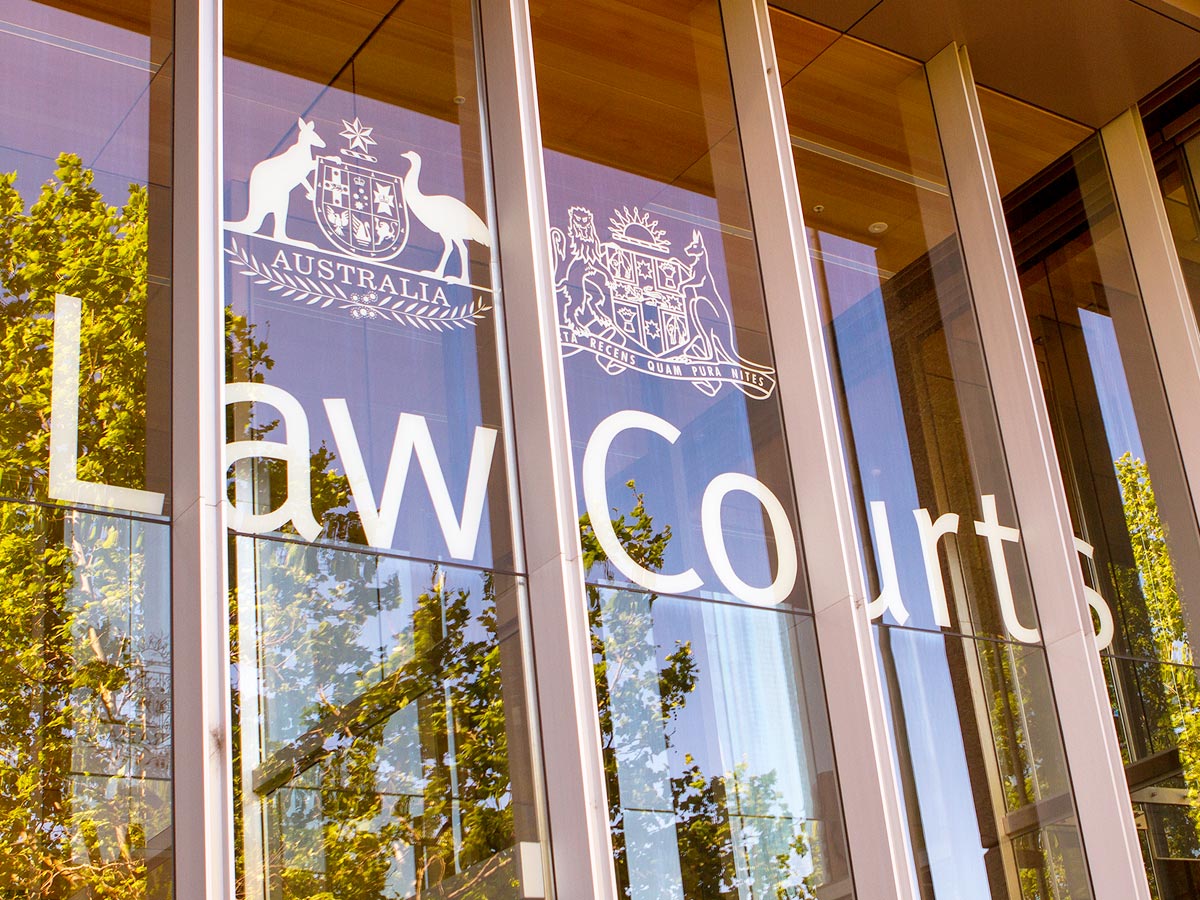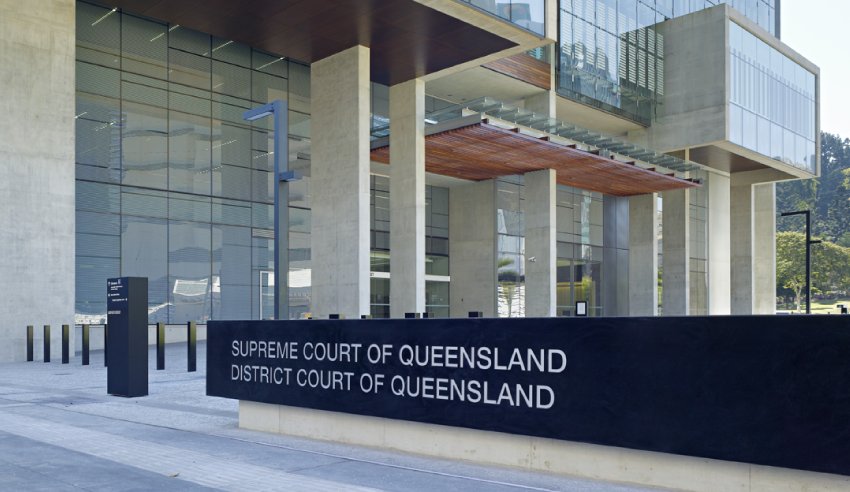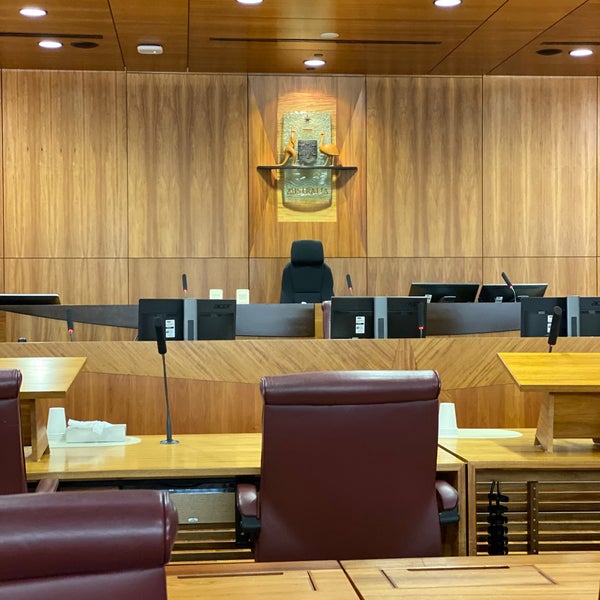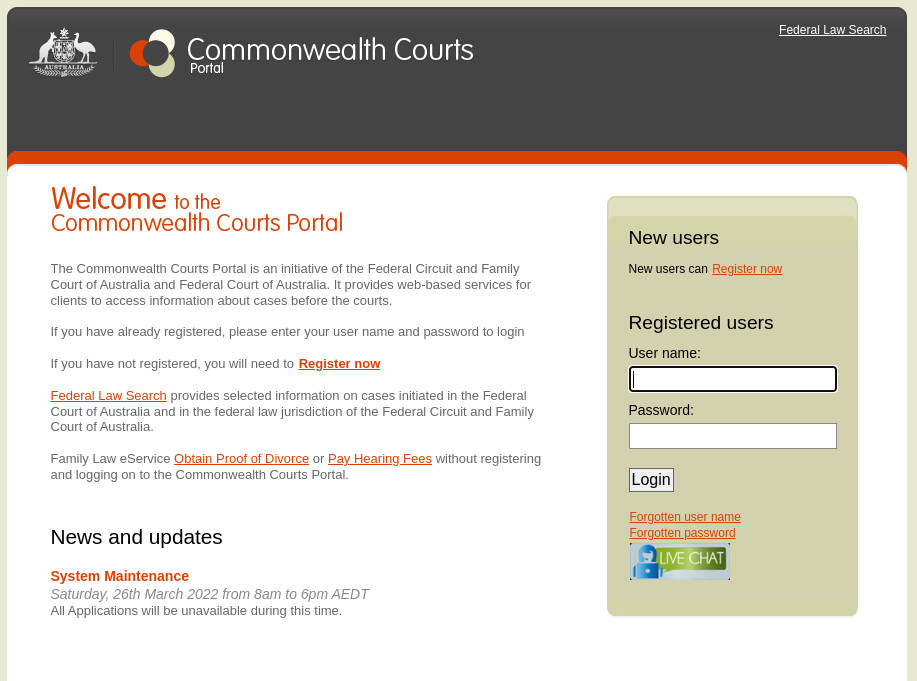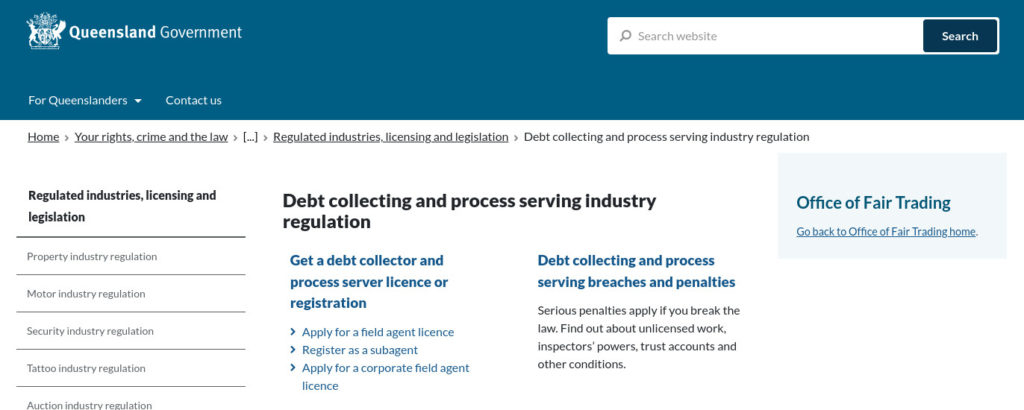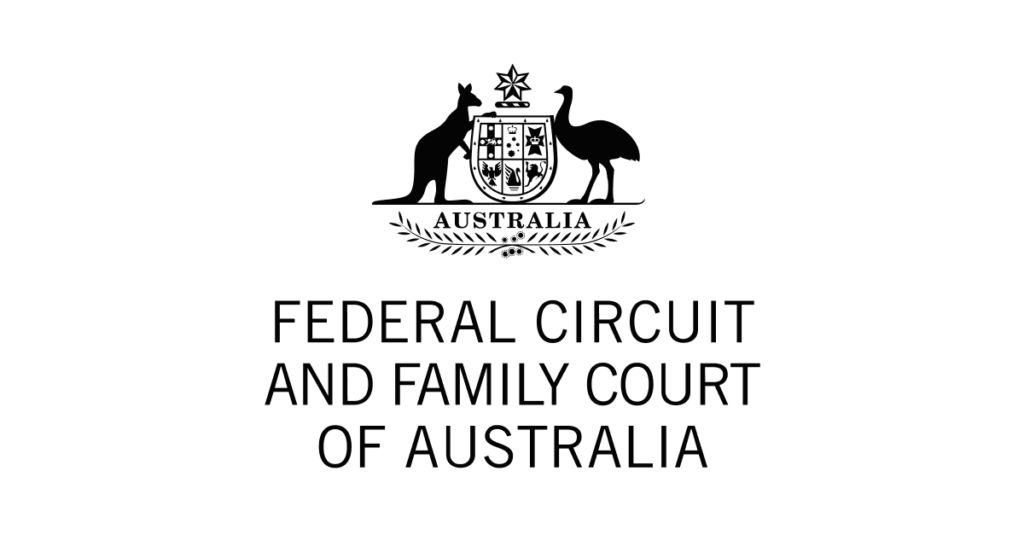A Divorce Application is one of the most commonly filed Applications in Australia for for both represented and self represented people alike. The Federal Circuit and Family Court of Australia have made the filing of the Application for Divorce incredibly streamlined and accessible. People wishing to act for themselves without the use of a legal firm, can file the Application for Divorce completely online, even paying the filing fee via credit card through their secure portal. Self representing can save a lot of money, given there aren’t too many complications which can occur when filing a Divorce Application. That said, if you’re unsure about any part of the process of Divorce filing, you should speak with a representative from the Court, else a trained and practising legal professional. For those who feel they wish to proceed as self represented, relying on the wealth of information on the Federal Circuit and Family Court of Australia website, the ComCourts portal is the gateway to filing your Divorce Application. Best of all, use of the portal is completely free of charge and highly secure. The only time you pay in the portal, is where a lodgment/filing fee for an application or documents would have been payable over the counter for the same filing.
If you haven’t used the ComCourts portal before, you can easily register for your unique profile. If you’ve had past or historical family law matters, you can request these past matters are added to your profile, so as you have a ready resource for all your family law and divorce filings. The portal is also a great resource for obtaining copies of orders made in your matter/s.
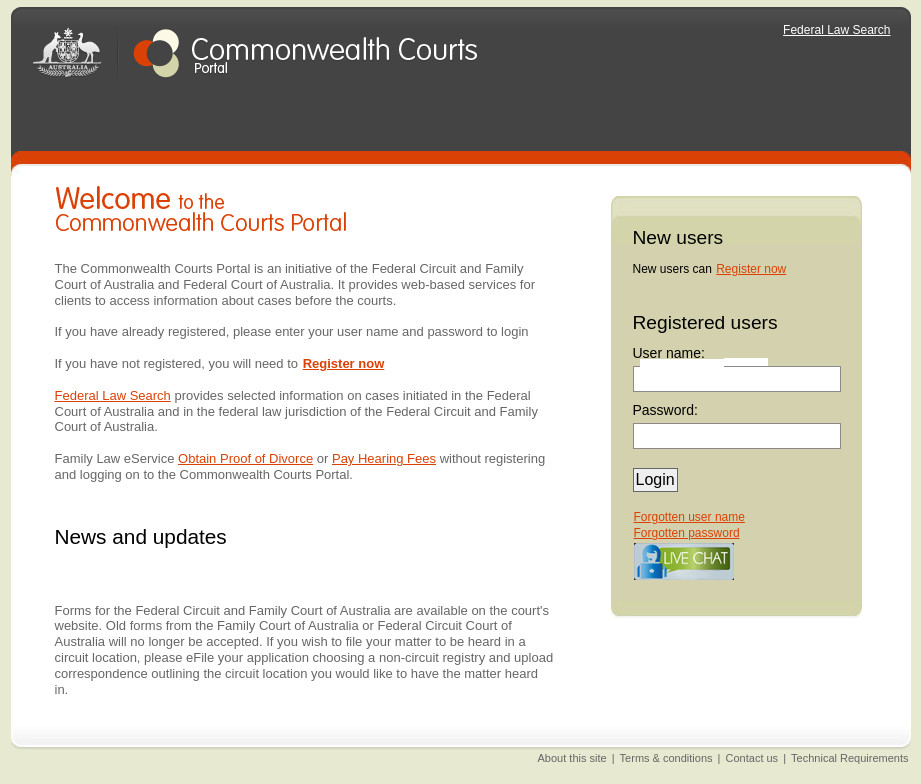
If after starting the process of lodging your Divorce Application online you discover you don’t have everything you need to complete your application, never fear, you don’t have to start over, just save where you’re up to and log out, until you’re ready to proceed with your application. Typical things you’ll need when filing your Divorce Appplication via the ComCourts portal are your marriage certificate, details of custody arrangements for children of the marriage, existing court orders and citizenship certificate if you became an Australian Citizen prior to the Divorce Application.
Once your Divorce Application has been filed, the ComCourts Portal can be accessed at any time, day or night for reviewing your filed documents, adding new documents or viewing Orders the Court may have made in relation to your matter. After the filing of your Application for Divorce, filed or ‘sealed’ copies of your documents can be downloaded ready for serving on the other party to the divorce application. Once filed, the ComCourts portal will modify your documents, by placing a red Seal of the Court on every page, as well as water marking every page as to when the documents were filed and the file number for the matter.
The sealed documents will not be available until you have uploaded all of the required information and paid the filing fee, as is applicable for your circumstances.
Once the sealed documents are available, they need to be served on the other person. You should always serve only sealed documents on the other person. The sealed documents tell the other person, that the Court has been made aware of all of the information contained in the documents. There are some rare exceptions to documents served which are not sealed, such as correspondence from the Court as to adjourned hearing time and dates or in recent times telephone conference instructions. Where the correspondence from the Court is also served, it should be clear for the reader to see that it originated from the Federal Circuit and Family Court of Australia.

As a bare minimum when serving an Application for Divorce, four items should be served. The Application for Divorce, Affidavit for eFiling, Marriage Certificate and Brochure – Marriage, Families and Separation. The first three are the minimum filing documents to proceed with an Application for Divorce. There may be other documents you have filed also, in certain circumstances. On occasion an error in a filed Application for Divorce may not become apparent until after it has been filed. In the case of an error, the Court will require the Applicant to file an Affidavit detailing the circumstances of the error and the correct information which should have appeared in the Application. Just as with the Application for Divorce, once an Affidavit correcting errors has been uploaded, a sealed copy of the document can be downloaded from the ComCourts portal and should be served along with other documents.
Other documents which may be filed, may be where the Applicant was not originally and Australian Citizen, but obtained Citizenship at some point. In this case the Applicant’s Citizenship certificated is usually uploaded to the portal, then a sealed copy downloaded to serve along with the other documents.
Once you have filed all of your documents in the ComCourts portal and paid your fee, your all set to download the documents and decide on your service choice for ensuring you comply with the requirements of the Court in making the other person aware of the filing. Sometimes you may be lucky enough to have the other person agreeable to sign the acknowledgment of service and proceed with service via post. Sadly, not all ex-spouses are cooperative when it comes to accepting service of the divorce application. In this case it’s always best to use a process server. Process server have the skills and knowledge to give your divorce application the best chance of being served personally, else making the required efforts and affidavit to support dispensation or sub-stitututed service orders. For more information about these options see Court website under Are you having trouble serving your divorce application?




